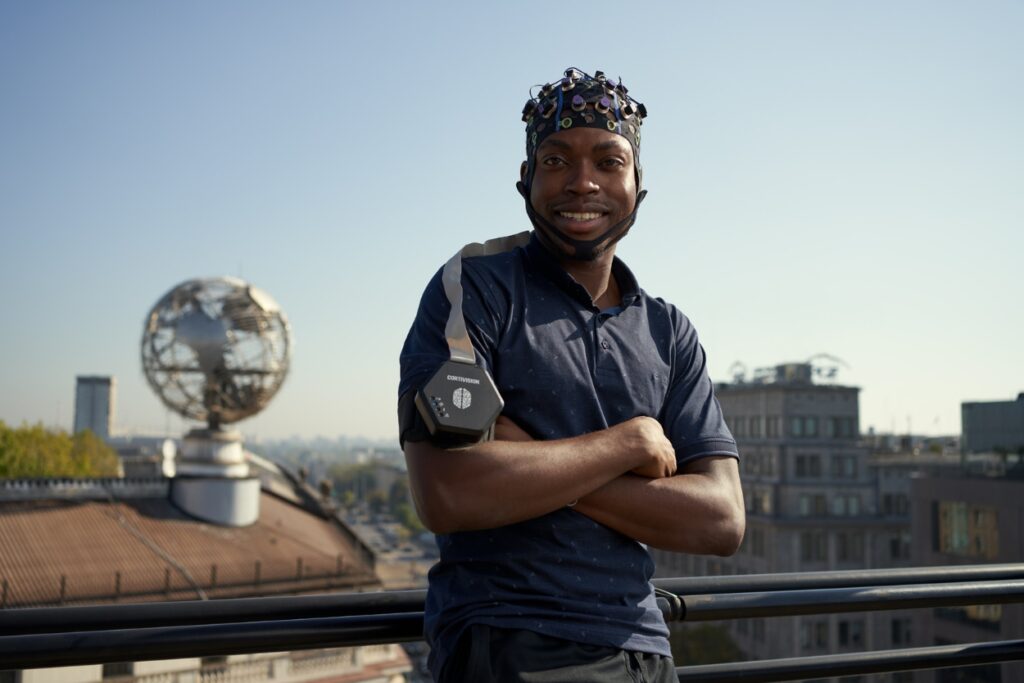Review on the use of fNIRS for neurofeedback
A review on the use of fNIRS for neurofeedback has been published by a group of scientists led by Franziska Klein. The authors aim to suggest possible solutions for the use of this technology in real-world settings, thus extending the range and scalability of applications adopted in neurofeedback. We have chosen one of our studies and quotes that demonstrate how the Cortivision ecosystem aligns with current and future trends in fNIRS technology development.
1. fNIRS in neurofeedback
“The main purpose of this approach is for individuals to learn to self-regulate their own brain activity in a desired direction by interpreting and responding appropriately to the neurofeedback information. Possible areas of application range from ’neurotherapy’ of psychiatric and neurological diseases to ’neuroenhancement’, that is, improving brain function in healthy populations. The specific generation and type of neurofeedback information provided may vary. Comprehensive overviews of the hemodynamic-neurofeedback methodology can be found in several review articles.”
Comment: In this example, we demonstrate how changes in the haemodynamic signal were translated into real-time feedback in one of our neurofeedback studies conducted in an integrated fNIRS + VR space. We utilized Cortiview to transmit data via the Lab Streaming Layer (LSL) protocol to the Open Vibe software. The resulting classifications were then used to control the feedback in the Unity environment.
Using a classical cognitive experiment (n-back task), we employed recorded data as a signal for classification by machine learning algorithms. For more information on combining neurofeedback with fNIRS Photon Cap in a VR environment, please see our post. Click there, to learn more about the research that we conducted.
2. Multimodality
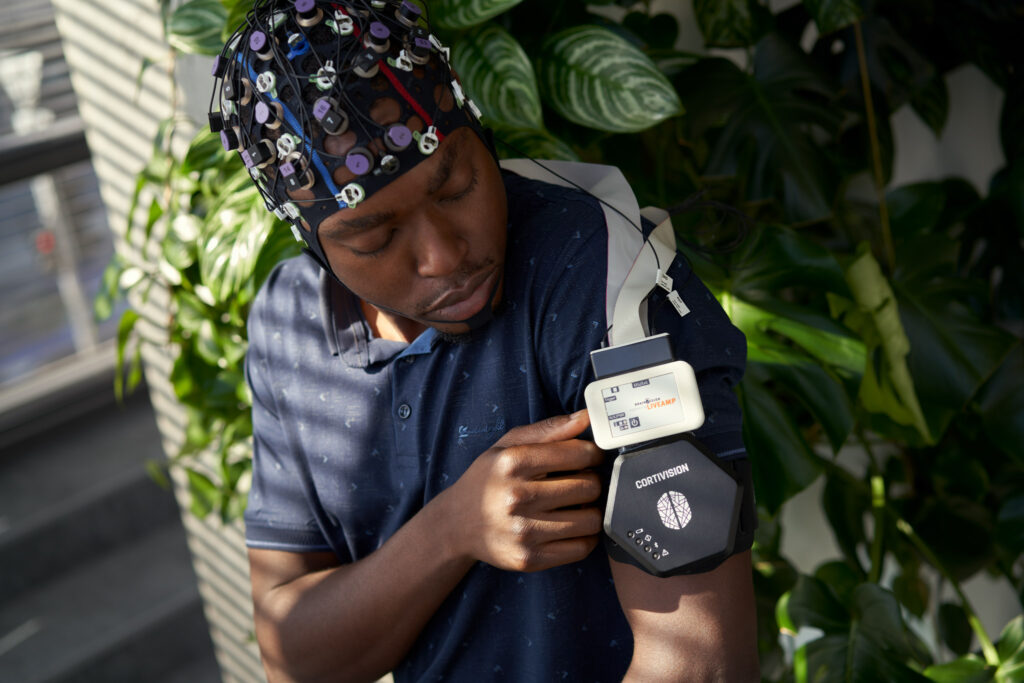
“Accordingly, a combination of EEG and fNIRS could help provide a more comprehensive and accurate view of the brain activity. Such a multimodal approach, already being considered in the field of brain-computer interfaces, combines the high temporal resolution of EEG and the spatial specificity of fNIRS and could potentially improve the effectiveness and efficiency of neurofeedback.”
Comment: The Photon Cap system enables synchronization with other technologies, such as EEG and VR. This multimodal solution exploits the strengths of both techniques, minimizing their individual limitations. This integration emphasizes more precise and holistic measurement, providing a better understanding of brain activity compared to using one method in isolation.
3. Standardisation
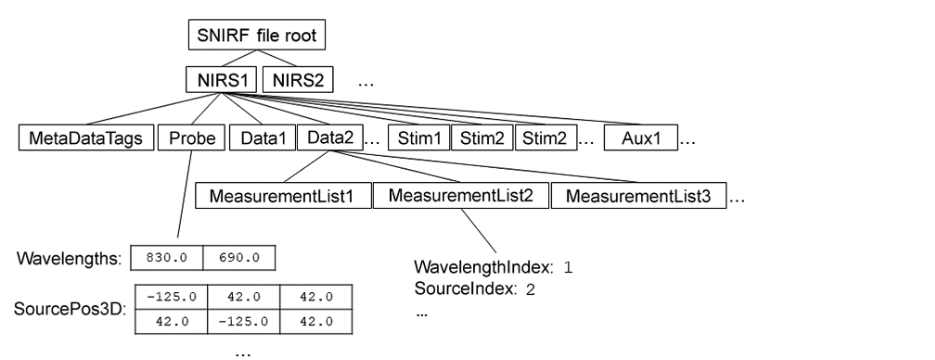
Fig 1: Hierarchy of .snirf files (Tucker et al., 2022)
“To share data efficiently, a certain level of standardization should be maintained and follow the FAIR principle (i.e., findable, accessible, interoperable and reusable). Interoperability and reusability of fNIRS can be achieved when data is stored in the shared near-infrared spectroscopy format (.snirf), an open access data format developed by the fNIRS community, and shared within the Brain Imaging Data Structure (BIDS) extended for fNIRS, which sets a standard for organizing and naming data and metadata. To make the data accessible and findable, various platforms and repositories can be used.”
Comment: Our Cortiview signal recording and Cortiprism signal analysis software support the standard .snirf and BIDS formats for storing fNIRS data.
4. User-friendly design

Fig 2: Use of fNIRS in Real-Life paradigms (Klein et al., 2023)
“Further advances in hardware and methodology could help expand the application of neurofeedback to real-world environments. Additionally, making the hardware and software more user-friendly could expand usage to a wider range of users and scenarios.”
Comment: Our equipment is ideally suited for use in real-world paradigms thanks to features such as mobility, portability and ease of use. An example of our device’s application is its use in microgravity conditions in space. During the AX-3 mission, astronaut Marcus Wandt conducted an experiment on himself using our device. Further information on this particular endeavor can be found here.
5. Increasing signal-quality
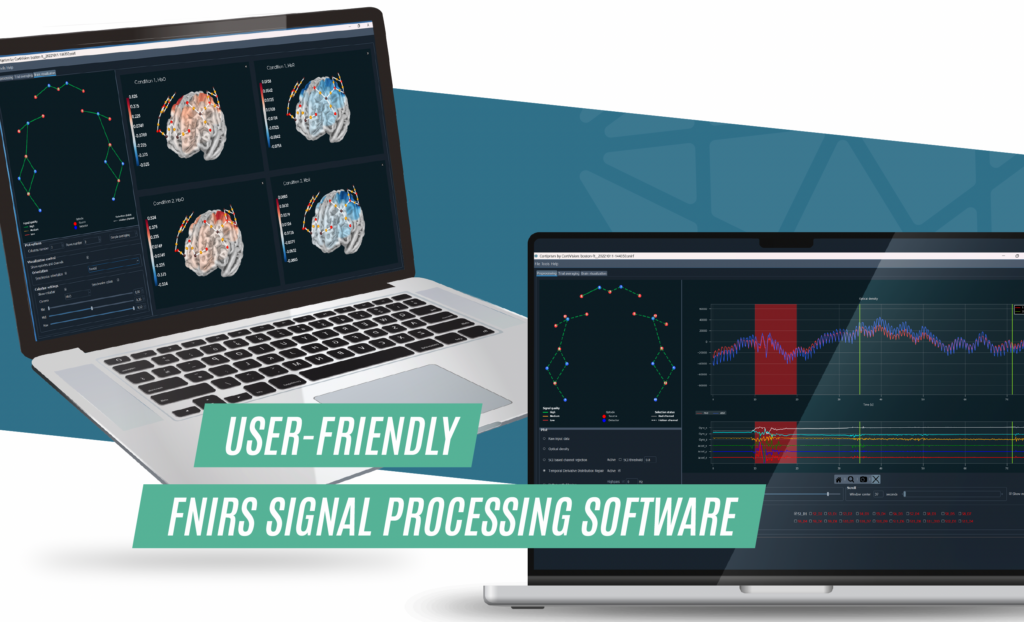
“A larger issue is the variety of noise sources typically included in the fNIRS signal. An insufficiently cleaned fNIRS signal might result in neurofeedback being based on noise instead of brain activity. Therefore, it is important to understand these factors and their potential impact on neurofeedback and to develop strategies to address these fNIRS-specific challenges in order to be effective also in less controlled, real-world environments.”
Comment: Cortiprism is dedicated software designed to process signals and remove noise, leaving only the expected brain activity. It utilizes an automated pipeline with commonly used algorithms, allowing for easy conversion from raw data to results without the need for coding.
6. Reach for new ways to study the brain with us!
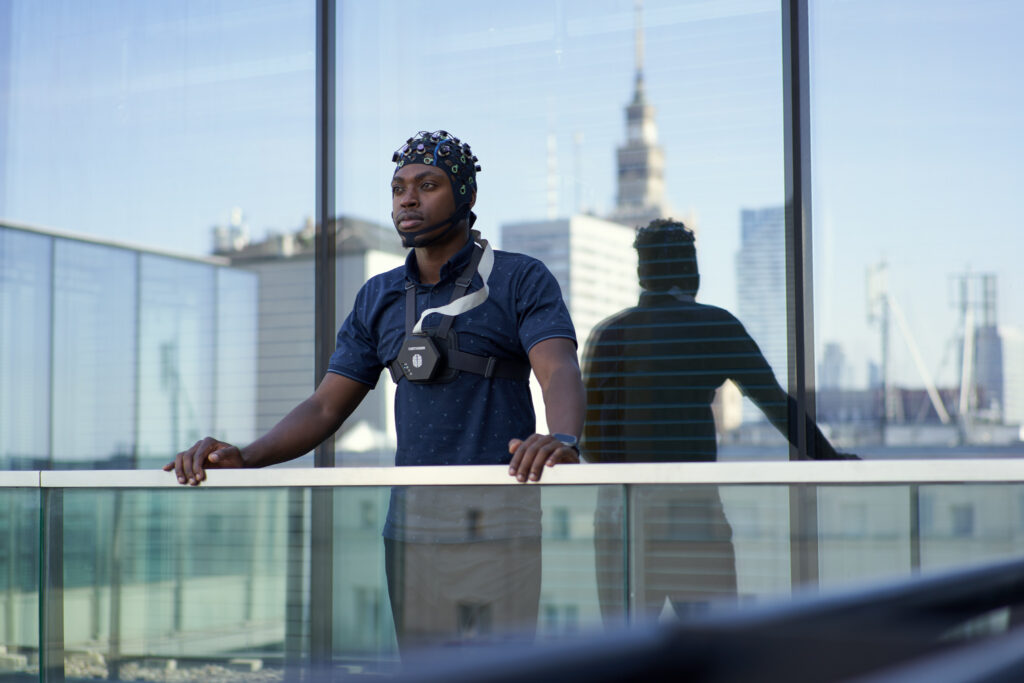
“FNIRS allows targeting brain regions with a sufficiently high spatial specificity at low cost and is therefore particularly suitable for neurofeedback applications. Although fNIRS presents its own challenges, it remains the only technique that can effectively integrate hemodynamic-based neurofeedback into real-world environments such as bedside, home use, and on-the-go mobile scenarios. Accordingly, fNIRS offers many exciting possibilities for hemodynamic-based neurofeedback applications and, due to its compatibility with challenging populations such as children, combined with its applicability in real-world settings, enables unique options.”
Comment: Our goal is to continually develop Cortivision products to meet our customers’ expectations and new solutions. We recognize that the world of science is constantly changing, so we are committed to updating our solutions for changing trends in fNIRS technology. Let’s create neuroscience together!
Bibliography:
Tucker, S., Dubb, J., Kura, S., von Lühmann, A., Franke, R., Horschig, J. M., Powell, S., Oostenveld, R., Lührs, M., Delaire, É., Aghajan, Z. M., Yun, H., Yücel, M. A., Fang, Q., Huppert, T. J., Frederick, B. B., Pollonini, L., Boas, D., & Luke, R. (2022). Introduction to the shared near infrared spectroscopy format. Neurophotonics, 10(01). https://doi.org/10.1117/1.nph.10.1.013507
Klein, F., Kohl, S. H., Lührs, M., Mehler, D. M., & Sorger, B. (2023). From Lab to Life: Challenges and Perspectives of fNIRS for Hemodynamic Neurofeedback in Real-World Environments. https://doi.org/10.31234/osf.io/qdjfh
